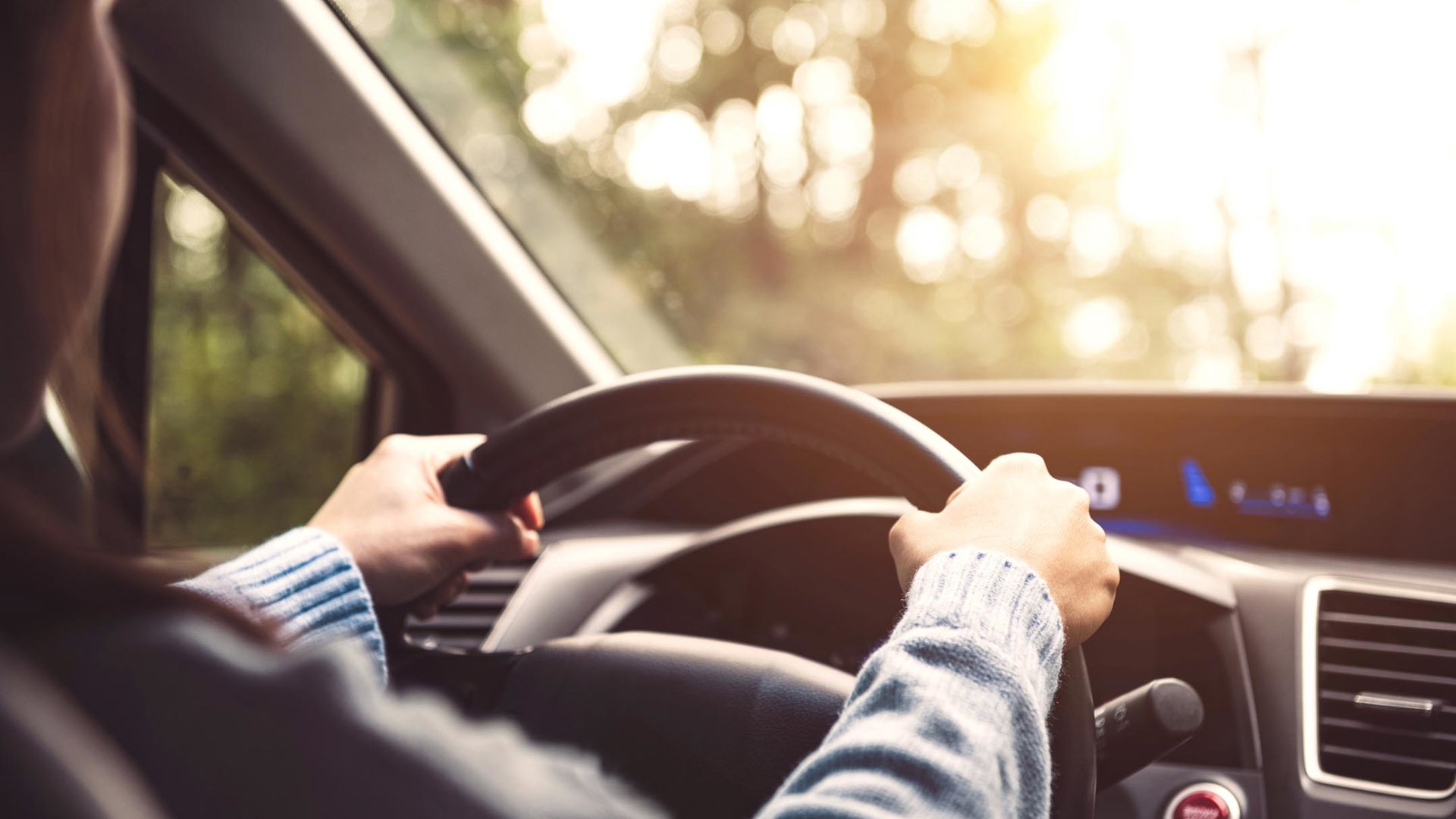Automakers spend millions of dollars developing and manufacturing fanciful features and spend almost as much promoting them to potential buyers. In a highly competitive new car market, leading-edge technologies like voice commands, cabins with more screens than your local multiplex theatre, and vehicles that can park or drive autonomously get all the headlines. But there are several practical automotive features that even longtime owners may never know existed. The reason? They’re hidden.
Alphabetically, here are seven hidden automotive features we’ve uncovered that are immensely useful.
Built-in Vacuum Cleaner
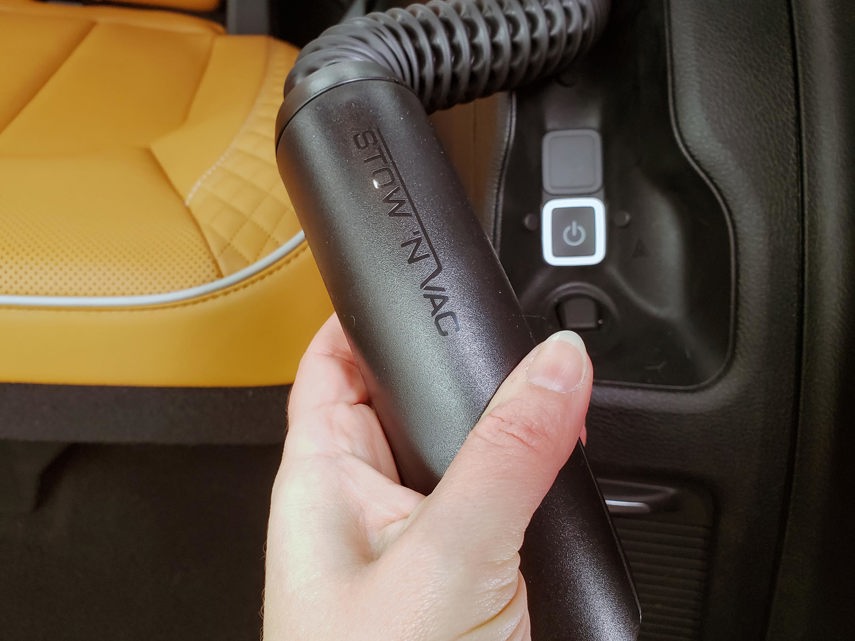
If your household vacuum cleaner is too bulky, its cord is too short, or you must clean out your vehicle in the middle of a Canadian winter, wouldn’t it be great if your car had an onboard vacuum cleaner to get those crumbs and Cheerios between the seats or dog hair off the carpet? Honda thought so. That’s why it was the first to offer a concealed vacuum cleaner in its 2014 Odyssey minivan. The vacuum is still available in today’s van and can be found in the trunk.
Chrysler knows a thing or two about what minivan owners want and introduced an onboard vacuum cleaner on its 2017 Pacifica. Chrysler’s Stow’ n Vac can be found behind the second row, where it will likely be the most useful. The Toyota Sienna also offers an optional vacuum cleaner.
Conversation Mirrors
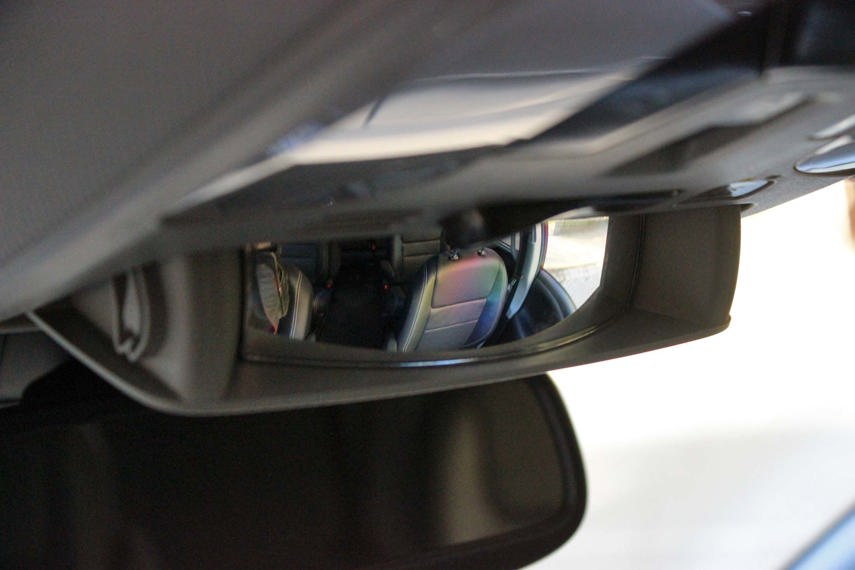
Another way parents can make sure their family vehicles stay clean is to keep an eye on what the smaller passengers are up to in the back rows. For drivers who may want to converse vociferously with those passengers and not have to take theirs off the road ahead, several three-row minivans and SUVs come with a conversation mirror.
This convex mirror is usually found near the centre-mounted rear-view mirror. It often remains out of sight until pulled down from a compartment mounted on the headliner, where it can be used to get a wide-angle view of what’s going on behind in the second or third row of seats. This is much less distracting than turning around and taking your eyes off the road to yell at the kids to stop hitting each other.
Drowsiness Detection
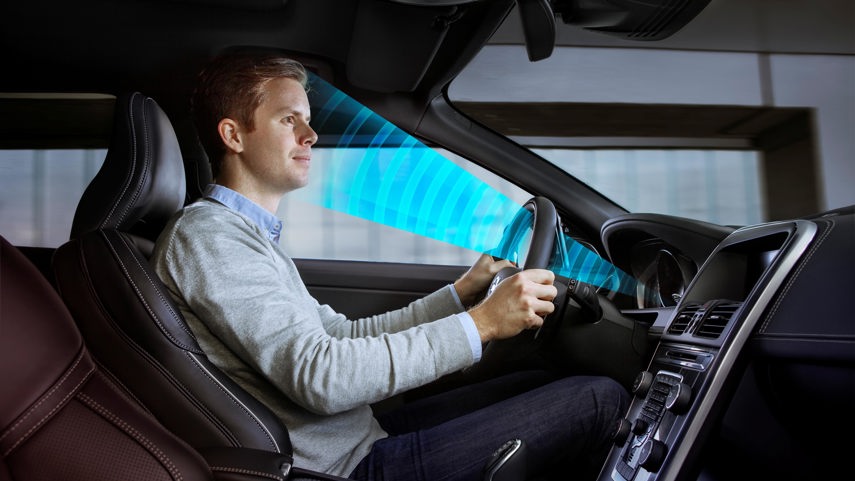
Even the most experienced drivers can be unaware that they are becoming drowsy. Whether driving while impaired, on dark rural backroads, long distances without rest breaks, alone, or taking medication that causes sleepiness, falling asleep behind the wheel is a common cause of many road accidents.
Thankfully, your vehicle may have a drowsiness detection feature. It monitors your driving behaviour, checking for erratic movement or drifting around your lane, and will intervene to keep you on the road. If the drowsiness alert system determines that you might be too exhausted to drive safely, it chimes and suggests that it’s time to take a break. Some vehicles take it a step further and if a driver doesn’t respond and might be incapacitated, the car will safely pull itself over and call for help.
The technological solutions vary, but several automakers, including Honda, Mercedes-Benz, Nissan, Toyota, and Volvo, have developed drowsiness detection systems.
Fuel Cap Holder
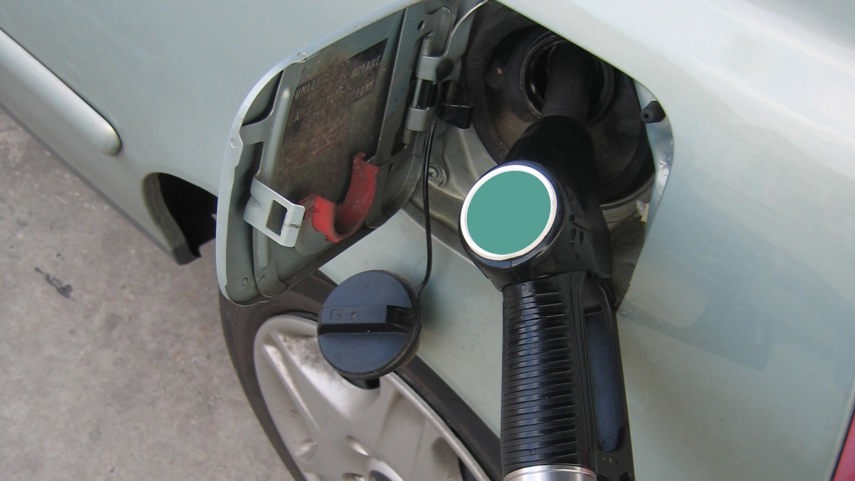
Most gas caps these days are attached with cords that allow them to hang down so they won’t go missing, but older cars don’t always have this feature. Next time you gas up, see if your car’s fuel door has a holder for the cap. Many of these secret designs are built into the fuel door and are there so the cap doesn’t dangle around and potentially scratch your paint. Not only is this a convenient place to put the gas cap, but it also eliminates the worry of leaving it behind at the pumps if you have an older vehicle.
Road Condition Warning
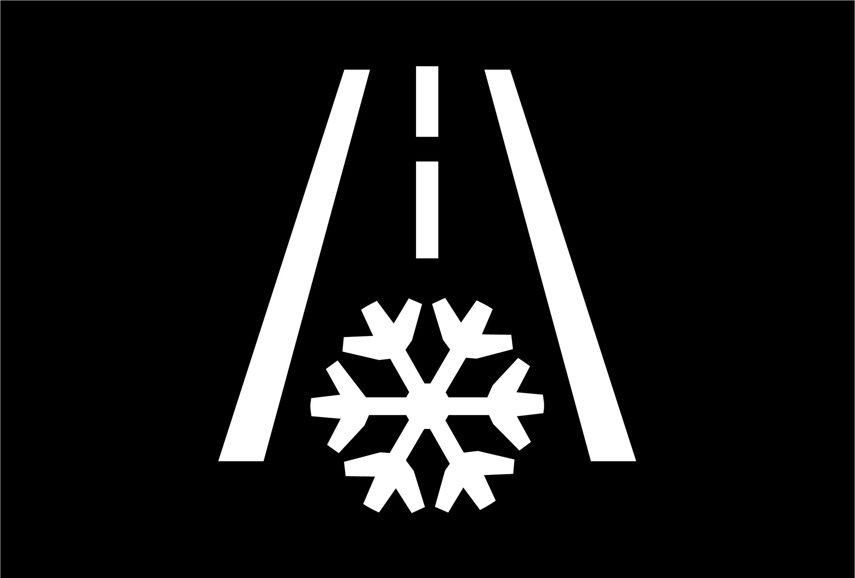
Monitoring weather forecasts is part and parcel of being a driver in Canada, no matter what season you are driving in. But even the most up-to-date meteorological data can’t deliver real-time road conditions. While drivers are familiar with standard warning lights to check their oil or find a gas station, a road condition warning light is a rare signal you must pay attention to.
Often indicated by a snowflake icon on the dashboard, some road condition warning systems will chime or show a message letting you know when outdoor temperatures are around 4 degrees Celsius, the temperatures when precipitation can turn to freezing rain and cause black ice, and when bridges and overpasses typically freeze before the rest of the roads. These conditions require drivers to adjust their speeds and following distances for safety. Some add a “drive with extra caution” message to really drive the point home.
Storage
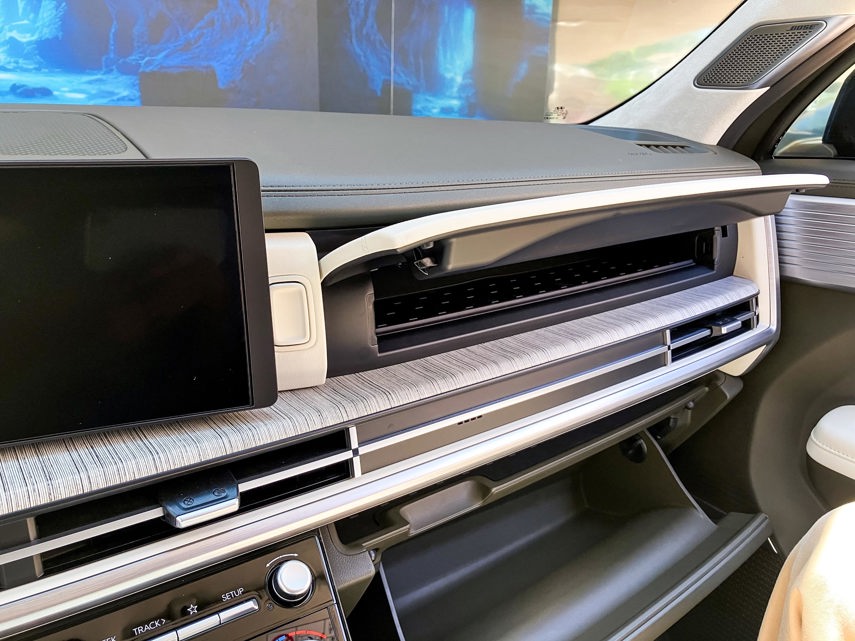
Small item storage plays a vital role in how practical a vehicle is. Especially if it’s a family car, kids need places to stash all the little toys they love (or more likely, the trash they accumulate), and adults need places to stash their phones, keys, wallets, phone chargers, and more. Not only are these spaces practical, but they also keep valuables away from prying eyes.
Knowing this, car designers have been trying to create concealed nooks, crannies, and cubbies for passengers to put all their stuff into. Many cars have secret storage spaces their owners never knew existed.
Each vehicle’s hidden storage compartments are unique. Most of these cubbies can be hidden under seats, floors, side door panels, armrests, and truck beds (Ram brand’s RamBox has lockable boxes on each side of the truck bed). Some are even more clever and are hidden in the dashboard.
Tire Pressure Monitor
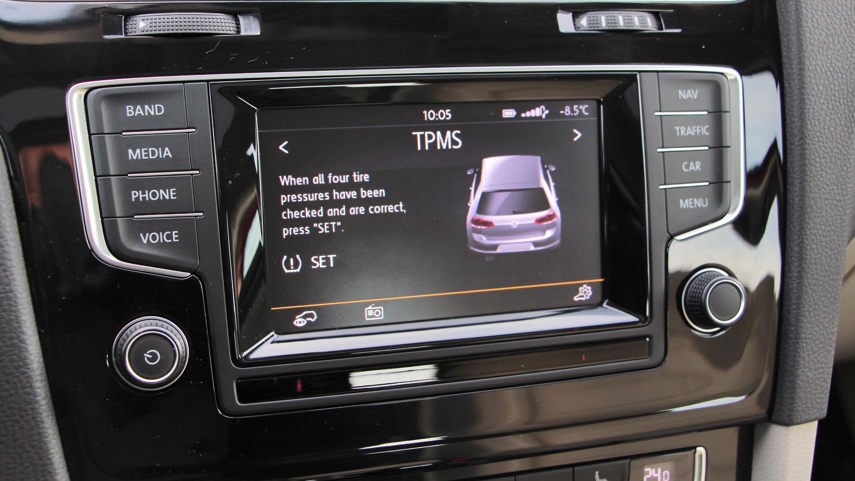
Modern cars do a great job isolating noise, vibration, and harshness from occupants. But this increase in refinement has made it harder for drivers to assess if one or any of their car’s tires are underinflated, which is a safety concern. Luckily, tire pressure monitoring systems that alert you with a warning light if your tires need air are commonplace in today’s vehicles.
The warning typically appears as a light on the dashboard. More advanced systems will offer messages indicating what tire is underinflated and by how much. Even more convenient, when refilling the underinflated tire with air, certain General Motors, Jeep, and Nissan vehicles offer advanced real-time pressure monitoring that will honk the horn once the tire has reached the correct pressure.
